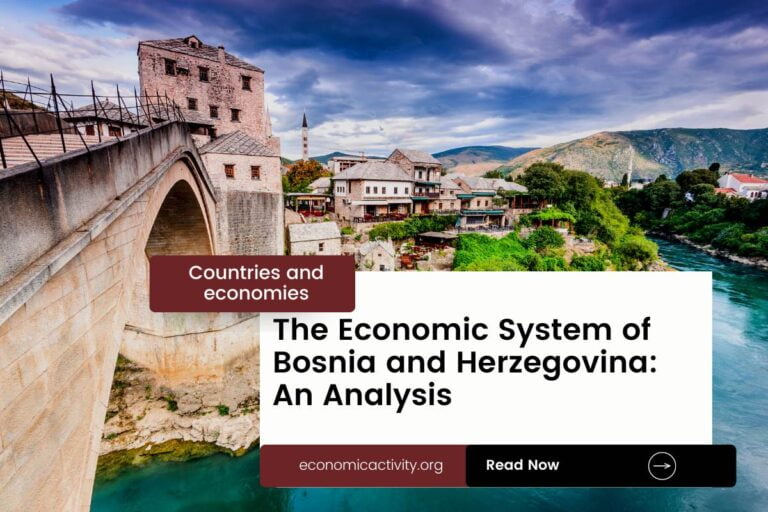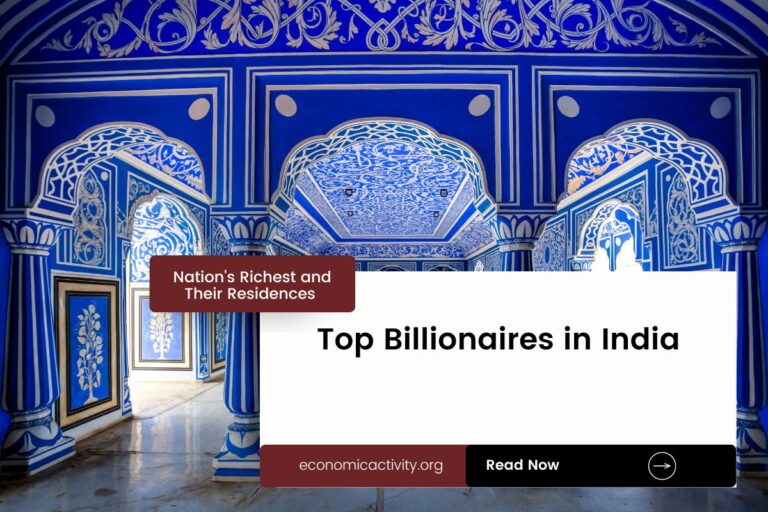Malaysia, with a population of 33,938,221, is ranked 44th in the world, just behind Peru. Located in Southeast Asia, Malaysia covers a total area of 330,411 square kilometers, ranking 66th globally, just below Viet Nam.
Malaysia’s economic position in 2022 is notable, with a GDP of 407,027,451,714.616 USD, ranking 36th globally. It is closely behind Vietnam, whose GDP stands at 408,802,378,904.838 USD. Malaysia’s GDP per capita is 11,993.1876 USD, placing it 68th worldwide.
It trails behind China, with a GDP per capita of 12,720.2163 USD. Malaysia’s economy showcases steady growth and resilience, positioning it as a key player in the Southeast Asian region.
What are the economic activities of Malaysia?
- Primary activities: 8.8% of GDP.
- Secondary activities: 37.6% of GDP.
- Tertiary activities: 53.6% of GDP.

Primary Sector of Malaysia
The primary sector in Malaysia, particularly its agricultural activities, thrives due to the country’s tropical climate and abundant natural resources. With 26.08735352% of the land dedicated to agriculture, Malaysia produces a diverse range of agricultural products. The top ten products by tonnage include oil palm fruit, rice, chicken, eggs, coconuts, tropical fruits, vegetables, rubber, bananas, and pineapples.
Despite contributing 8.8% to the GDP, agriculture plays a vital role in the economy by providing employment and sustaining rural livelihoods. The variety of crops and animal products not only showcase the sector’s diversity but also highlight its importance in ensuring food security and supporting the country’s agricultural sector.
The country’s diverse geological landscape contributes to a rich array of natural resources. Tin, petroleum, timber, copper, iron ore, natural gas, and bauxite are key assets driving the economy, with significant impacts on various industries such as manufacturing, energy, and construction.
Malaysia’s oil production of 511,104 barrels per day ranks it 17th globally. With 3.6 billion barrels in reserves, it holds 0.22% of the world’s oil.
Malaysia’s natural gas production of 74,200 million m³ in 2020 ranks it 12th in the world, fueling economic growth.
Secondary Sector of Malaysia
What is the secondary sector or what are secondary activities?
The secondary sector involves industries that transform raw materials from primary activities into finished products for consumption. In Malaysia, Peninsular Malaysia focuses on rubber and oil palm processing, petroleum, electronics, and timber processing. Sabah’s main industrial products are logging and petroleum, while Sarawak specializes in processing, petroleum, and logging.
Manufactures are crucial to Malaysia’s total exports, accounting for 68.39% in 2023. They drive economic growth, create jobs, and contribute significantly to the country’s trade balance.
Tertiary sector of Malaysia
What is the tertiary sector or what are tertiary activities?
The tertiary sector in Malaysia encompasses various service-based activities where individuals provide expertise and time to enhance productivity and meet needs. This sector involves intangible goods such as advice, attention, and knowledge. Key tertiary activities in Malaysia include restaurants, healthcare and medical care, education and training, banking and finance, communication and information exchange, tourism and hospitality, and transportation and logistics.
Notably, Malaysia’s tourism sector plays a pivotal role in its economy, with 26,101,000 annual arrivals contributing significantly to its GDP. Popular destinations like Langkawi and Taman Negara attract tourists worldwide, making tourism a driving force for growth and employment in the country, with a tourist arrival rate of 0.7691 per capita.
Another example of tertiary economic activity is the mobile cellular sector, which boasts nearly 48 million subscriptions, equating to 141 per 100 inhabitants. This extensive connectivity fosters technological growth and innovation.
Military Activities and Economic Sectors of Malaysia
The military is a key example of various economic activities in a country. In the primary sector, resources are extracted for military use, such as metals and fuels. The secondary sector involves the manufacturing of military equipment, like vehicles and weapons. The tertiary sector includes services provided by the military, such as logistics and training. The quaternary sector focuses on military research and development, while the quinary sector deals with high-level military decision-making and strategy.
In Malaysia, the most recent annual military expenditure is 3,899.1 million US dollars, which is about 0.96% of the country’s GDP. The active military force consists of 113,000 personnel, resulting in approximately 13.6 active military members for every 1,000 people in the population.
Biggest company in Malaysia
Which is the biggest company in Malaysia? The largest company is the National Bank of Malawi, with a market value of approximately 0.64 billion USD. It operates in the banking industry, which is part of the tertiary economic sector. The bank was founded in 1995.
International Trade of Malaysia
Import Activities of Malaysia

Malaysia’s high import activities, accounting for 69.71% of GDP, are crucial for meeting domestic demand and driving economic growth.
Malaysia’s import activities are diverse, with key partners including China, Singapore, the US, Taiwan, and Japan. The country mainly imports integrated circuits, refined petroleum, crude petroleum, coal, and vehicle parts/accessories.
Exports Activities of Malaysia

In Malaysia, export activities play a crucial role, accounting for 76.95% of GDP in 2023. This high percentage underscores the significant economic importance of exports in driving the country’s growth and development.
Malaysia’s export activities are diverse, with integrated circuits, refined petroleum, natural gas, palm oil, and crude petroleum being the main commodities. The country’s top export partners include Singapore (14%), China (13%), US (12%), Japan (6%), and Hong Kong (6%).
Malaysia economy challenges in 2024
In 2024, Malaysia faces economic challenges despite being an upper middle-income economy. The country grapples with corruption issues despite implementing key policies. As a major exporter of electronics, oil, and chemicals, Malaysia struggles to maintain economic equity and high labor productivity in its trade sector, which employs over 40% of the workforce.




Leave a Reply